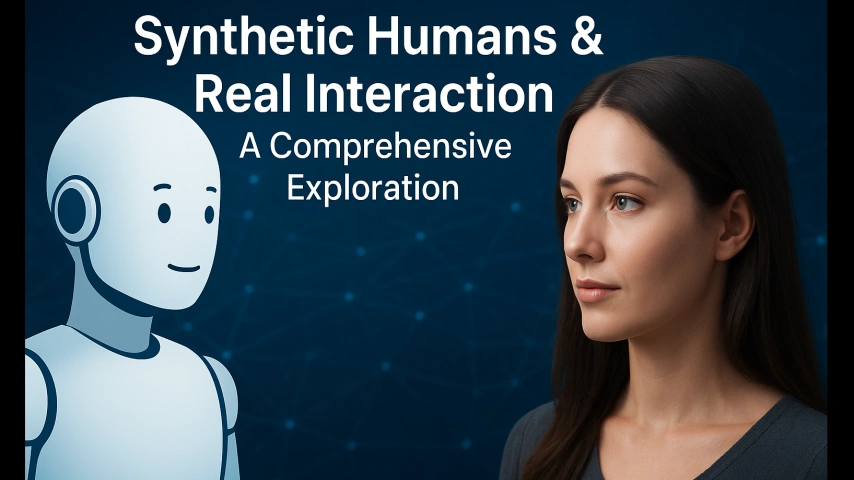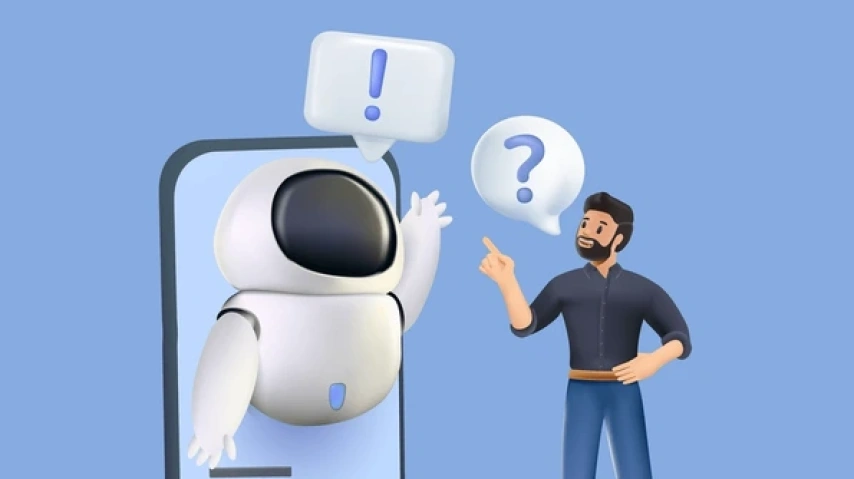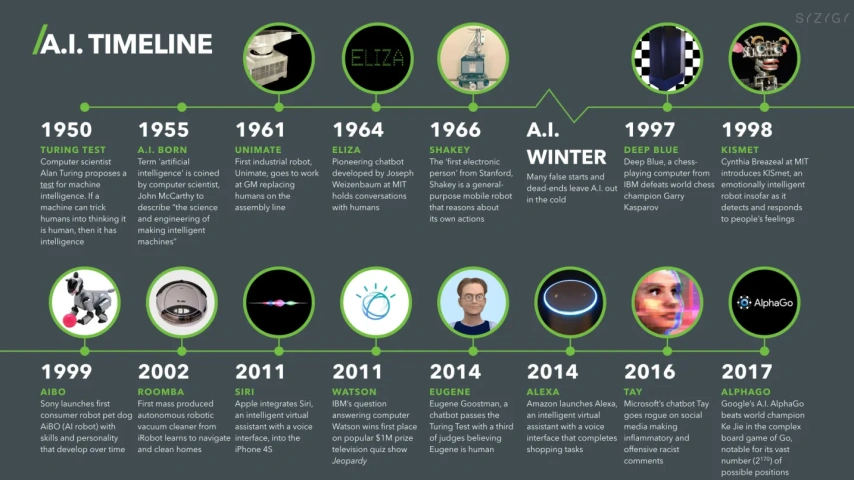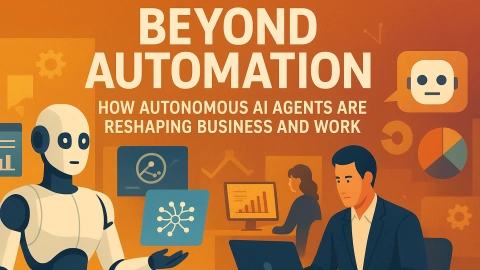AI / Detail
Synthetic Humans and Real Interaction: A Comprehensive Exploration
Michael Jack | 20 August 2025 | 11:47
Synthetic humans, also referred to as digital humans or AI-powered avatars, are emerging as one of the most groundbreaking innovations in human-computer interaction.
By combining advances in artificial intelligence, natural language processing, computer vision, and real-time rendering, synthetic humans are bridging the gap between digital systems and authentic human-like interactions.
These entities are designed not only to mimic human expressions and voices but also to engage in meaningful conversations, creating a near-realistic sense of presence.
Developer and Industry Implementations
Several global companies and startups have already integrated synthetic humans into real-world use cases:
- Soul Machines – A pioneer in digital humans, Soul Machines has partnered with global brands like Mercedes-Benz and Deloitte, creating AI-driven avatars for customer service, training, and marketing. Their results show increased user engagement and more empathetic customer interactions.
- Replika AI – Focused on companionship, Replika uses synthetic avatars to provide emotional support and conversation. Millions of users worldwide report a sense of comfort and companionship, showing the potential for mental health and wellness applications.
- Samsung Neon (STAR Labs) – Samsung's project Neon created life-like avatars capable of real-time interaction, aiming to provide customer-facing digital assistants that feel more human than traditional chatbots.
- Unreal Engine MetaHumans – Epic Games developed MetaHumans, a framework allowing developers to create hyper-realistic digital humans for industries spanning gaming, film, education, and virtual workplaces.
- Baidu and Tencent (China) – Both companies are experimenting with virtual news anchors and digital influencers that deliver 24/7 real-time content. These synthetic humans help reduce operational costs while maintaining consistent engagement.
- Customer Experience: Brands using synthetic humans in customer service report higher satisfaction scores due to empathetic, personalized interaction.
- Cost Optimization: Deploying digital humans reduces reliance on human staff for repetitive tasks, saving operational expenses.
- Scalability: Unlike humans, synthetic avatars can operate 24/7 across multiple channels, making them highly efficient.
- Content Creation: News agencies and media companies leverage virtual anchors to produce content continuously without additional labor costs.
Users of Replika AI describe the technology as "life-changing," highlighting how synthetic humans provide companionship, reduce loneliness, and serve as judgment-free conversation partners.
For instance, a user named Emily R. shared in a Forbes interview that her Replika helped her through a period of grief, calling it a source of daily comfort. Similarly, tech blogger Daniel S. noted in his Medium post that Replika gave him "a safe space for self-expression without fear of judgment."
In customer service settings, people note that synthetic avatars feel more approachable compared to traditional chatbots, due to facial expressions and empathetic tones.
For example, Jessica M., a customer of a large telecom brand using Soul Machines’ avatar, mentioned in a LinkedIn post that she felt the interaction was "like speaking with a real person who actually cared," highlighting how the avatar’s tone reduced her frustration.
Similarly, a survey conducted by Deloitte clients reported that users found avatars easier to trust and more patient than conventional automated phone systems.

Dr. Fei-Fei Li (AI researcher at Stanford University): "Synthetic humans represent a fascinating frontier where AI meets human empathy. The challenge is ensuring these systems respect privacy and ethical boundaries."
Andrew Ng (AI entrepreneur and educator): "Like previous waves of automation, synthetic humans will boost efficiency but also reshape job markets. Preparing workers for higher-value roles is critical."
Joseph Stiglitz (Nobel Prize-winning economist): "Digital humans may deliver cost savings, but without careful policy, they could widen inequality by displacing vulnerable workers."
Kate Crawford (author of Atlas of AI): "We must treat synthetic humans not only as technical marvels but as socio-political artifacts that reflect our choices about inclusion, identity, and fairness."
Tech Analysts: Many industry experts argue that synthetic humans will redefine digital customer interaction, predicting widespread adoption in retail, healthcare, and education within the next five years.
Economists: Some economists caution that while synthetic humans will cut costs, they may also disrupt traditional labor markets, especially in roles related to customer support, sales, and media.
AI Researchers: They emphasize that ethical concerns—such as bias, misuse, and identity replication—must be addressed to ensure responsible deployment.

Business Adoption – Companies that invest early in synthetic human technologies are likely to gain a competitive advantage in branding, customer loyalty, and operational efficiency.
Early movers may also benefit from stronger market differentiation, as digital avatars can deliver personalized, culturally adaptive experiences that traditional automation cannot. This positions them not only as service enhancers but also as powerful marketing tools.
Regulatory Landscape – Governments will need to establish guidelines for authenticity, data protection, and ethical use. Beyond privacy, issues such as intellectual property, digital identity fraud, and accountability in cases of misinformation will become central.
Regulatory clarity will play a key role in determining how widely and quickly synthetic humans are integrated across industries.
Future Potential – As technology improves, synthetic humans could evolve into personal digital companions, corporate trainers, healthcare assistants, and even entertainers, offering lifelike interactivity that blurs the line between real and digital.
In the longer term, they might also serve as virtual teachers in underserved regions, therapeutic agents for mental health, or digital brand ambassadors in immersive metaverse environments, expanding their role from niche applications to mainstream global adoption
Conclusion
Synthetic humans are no longer a futuristic concept—they are a present reality shaping the way people and organizations interact with technology.
From improving customer service to offering companionship and reducing costs, their potential is immense. However, businesses, users, and policymakers must navigate ethical and economic challenges carefully.
Done responsibly, synthetic humans could become a cornerstone of the next era of human-computer interaction.
Related
-

Invisible Computing and the Rise of Smart Glasses: Market Dynamics, Strategies, and Challenges Ahead
AI22 August 2025
-

AI and Biotechnology Convergence: Shaping the Future of Precision Medicine
AI21 August 2025
-

Beyond Automation: How Autonomous AI Agents Are Reshaping Business and Work
AI19 August 2025
-

Best AI Tools for Stock Research in 2025: What’s Worth Using?
AI03 August 2025
-

Can AI Predict Market Crashes? What We Know (and Don’t)
AI03 August 2025
-

Subscription Fatigue? How to Choose SaaS That Delivers Real ROI
AI31 July 2025
Editor's Pick
-

-

Can AI Predict Market Crashes? What We Know (and Don’t)
03 August 2025 -

-

-
